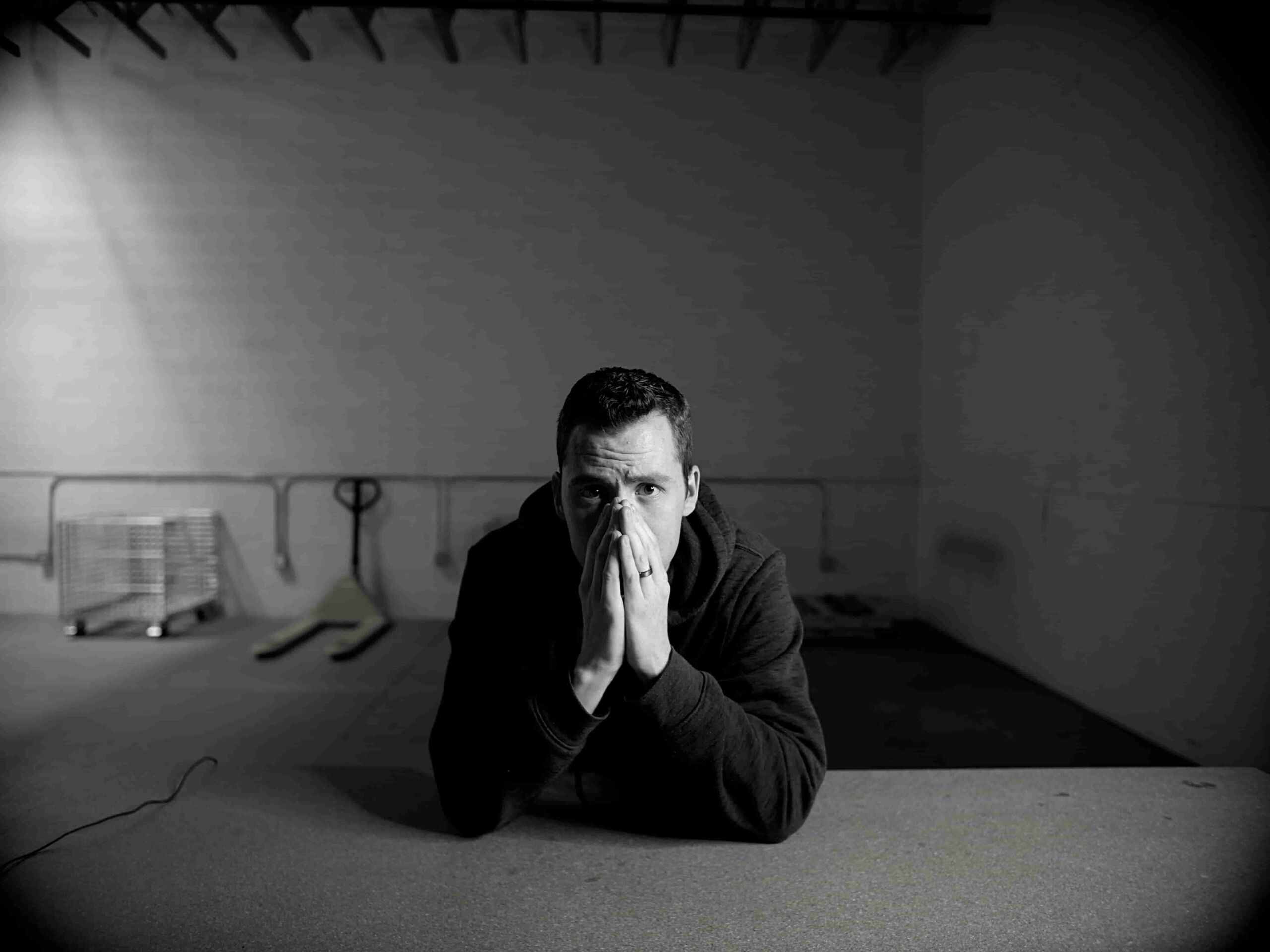Obsessive-Compulsive Disorder (OCD) is a chronic and common condition — impacting at least six million people in the U.S. As the name implies, OCD involves the presence of obsessions (usually a fear of doing harm or being harmed) and compulsions (the rituals used to calm the obsession). Effective treatments exist but, generally speaking, OCD is a long-lasting disorder.
There is a lot of misguided information about OCD out there. These days, anyone who is organized or hygienic will be derisively labeled as “OCD.” In reality, this disorder is far more nuanced. Understanding more about its onset is helpful in accurately identifying its symptoms.
When in Life Does OCD Develop?
Needless to say, no one can precisely pinpoint when any condition will arise. However, consistent trends exist. For example, OCD’s first onset is typically before age 25 and the mean average age is slightly younger for men. Here are some further findings from over the years:
- In a study of adults, the mean age of onset was 24 years for women. For men, it was 21. Other studies found somewhat similar numbers, i.e. 23 for women and 22.4 for men.
- Research done with children and adolescents discovered that boys experience OCD onset, on average, and 9.6 years. For girls, that number was 11 years.
There are also some measurements as to when major symptoms began, for example:
- About one-third of people under 15 with OCD displayed major symptoms
- For those under 25, it was two-thirds
- The ratio lowers for those over 35 years old to 15 percent
What Causes the Onset of OCD?
A specific cause is not known,known, but risk factors have been identified. These include experiencing physical, emotional or sexual abuse, trauma, and a family history of mood disorders. In a survey of 200 people with OCD, almost one-third of them believed their illness had been triggered by a major change in their lives. Two common examples were suffering the loss of at least one loved one and having a child. It is theorized that such events led to the person having more responsibility, and this was stressful enough to trigger the onset of OCD.
Do Older Adults Get OCD?
Late-Onset Obsessive-Compulsive Disorder (over 50) is rare. But people with neurological issues are most at risk. OCD in this age range is considered an indication of possible dementia in the future. This requires a much different approach than OCD at any other age.
Late-Onset OCD for people between 25 and 50 is more common than for the over-50 crowd. A few trends for this age group to consider are:
- It comes on more rapidly than OCD at a younger age and is often triggered by a stressful and sudden life event.
- However, patients over 25 are often more adept at using coping mechanisms to manage such symptoms.
- Interestingly, Late-Onset OCD occurs evenly between men and women.
- Late-Onset OCD is far more likely to occur with co-morbidities like anxiety and depression.
Getting Help at Any Age
There are obvious distinctions between OCD for a nine-year-old and for a senior citizen. But patients of any age require treatment. OCD is not a personality trait or a phase. It’s a chronic disorder that cannot be handled with self-care alone. The first step is getting assessed and possibly diagnosed.
If a mental health professional identifies the presence of OCD, you will work together to manage the obsessions and compulsions. It is possible to scale back the anxiety and fear that typically surrounds such rituals. Every person is different, of course, but you can work toward taking back control of your daily life. If you or someone you know needs help with OCD Treatment or Anxiety Therapy, I’d love to hear from you soon.





